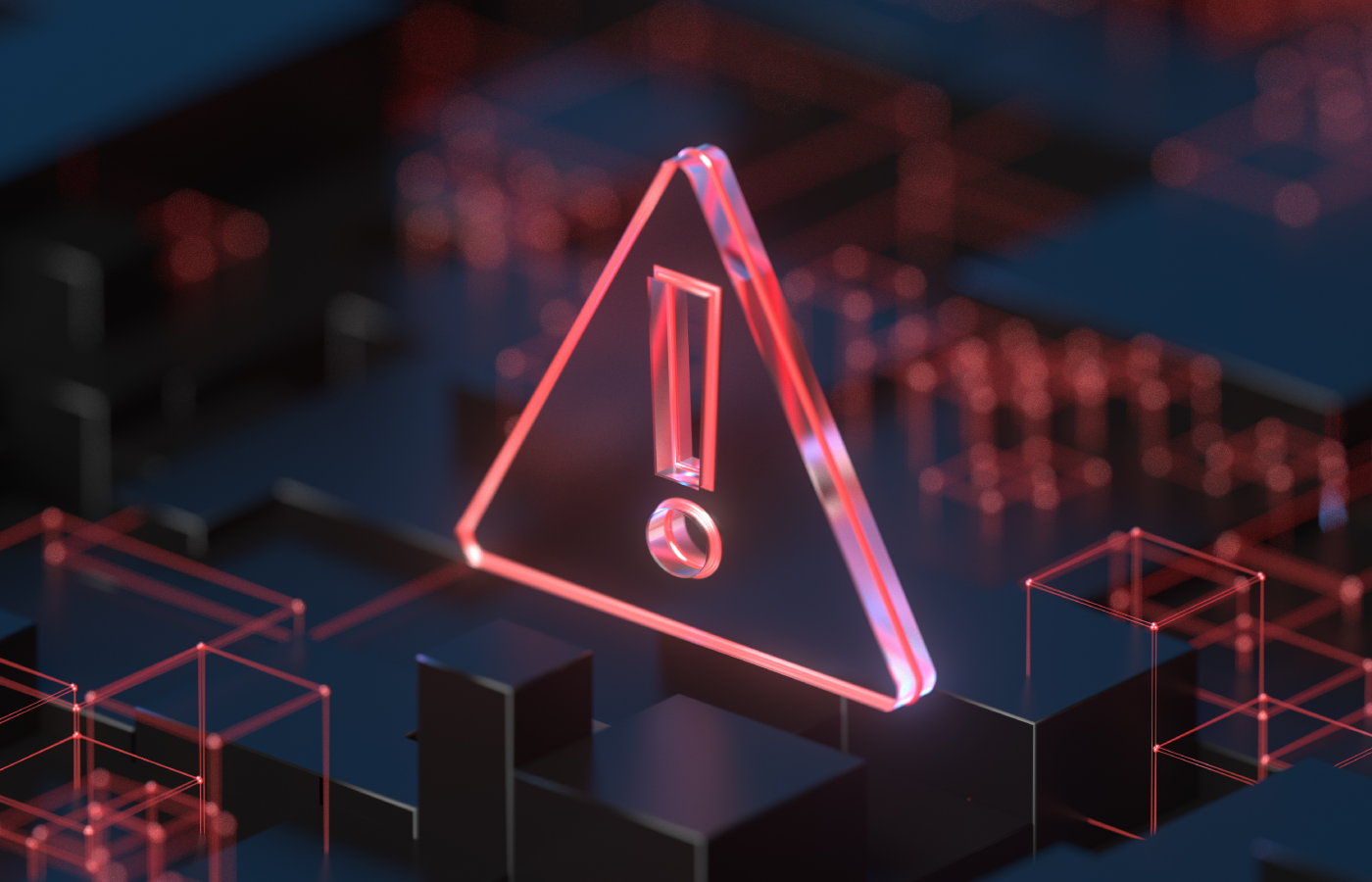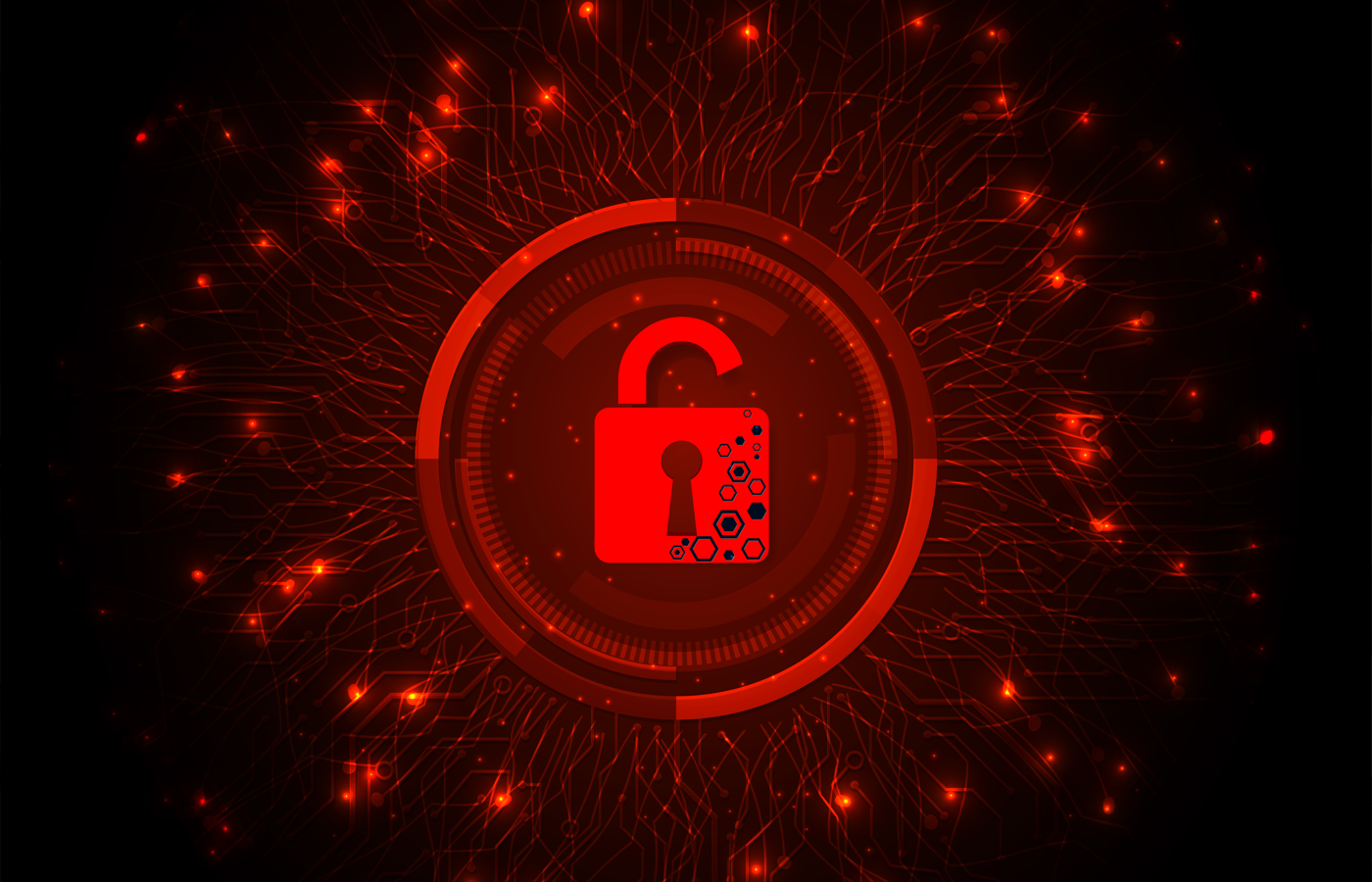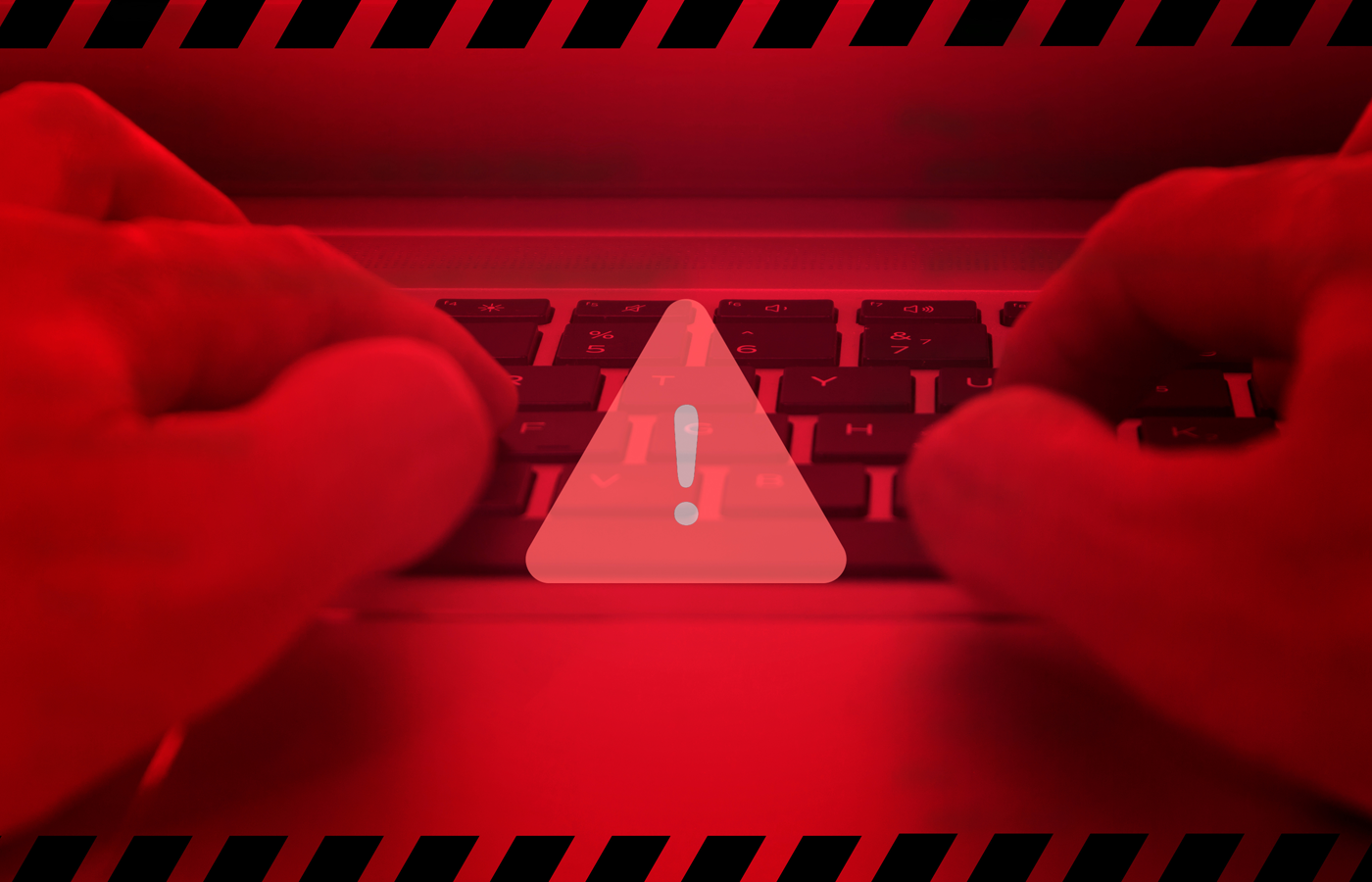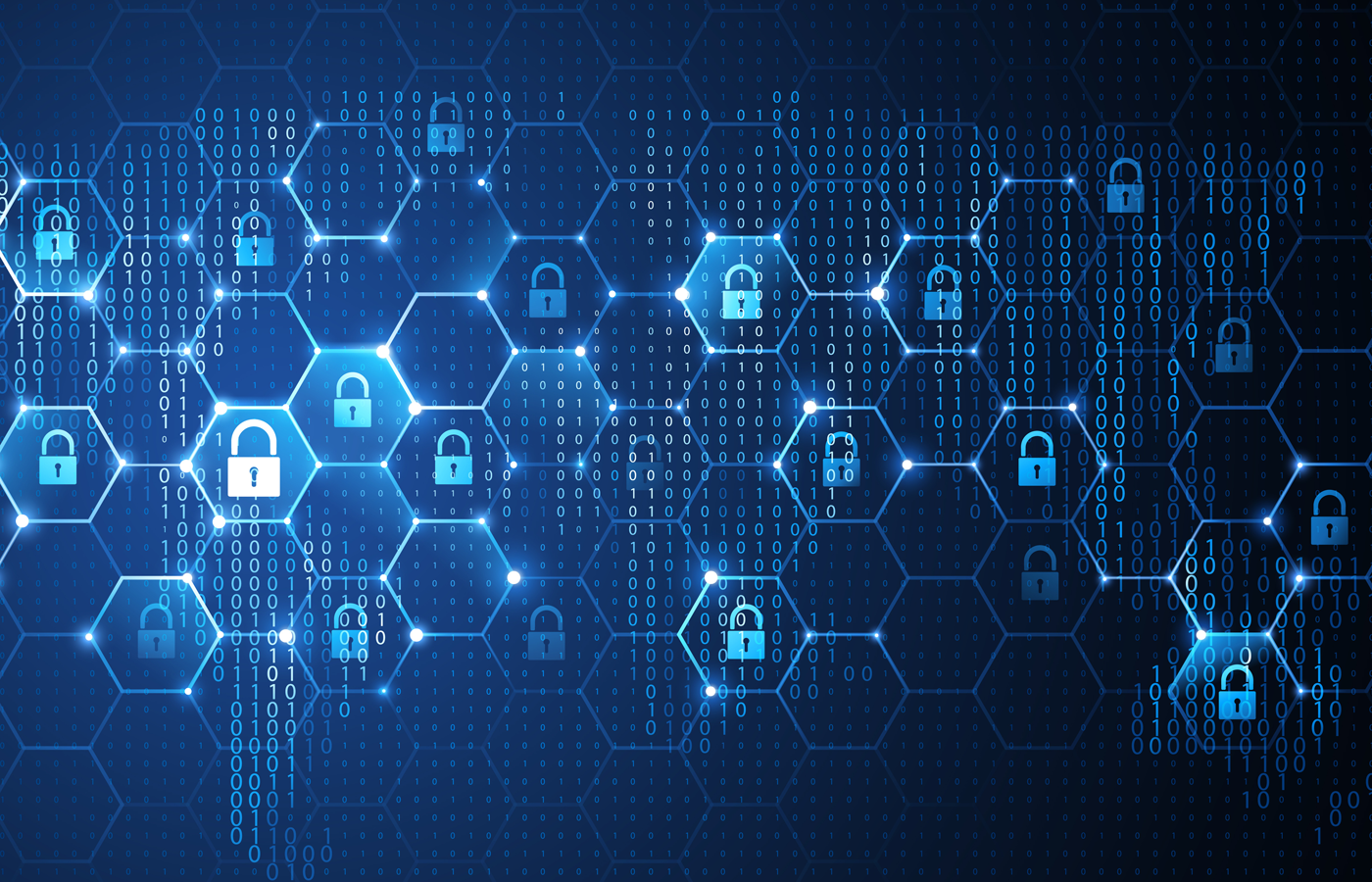Endpoint security and firewalls are two foundational elements of enterprise security, but with remote work, IoT devices and other technologies expanding the boundaries of the network edge, centralized management and response tools increasingly have become a core security component too.
These central management tools – SIEM (security information and event management), SOAR (security orchestration, automation and response), and XDR (extended detection and response) – share a similar goal: enabling you to monitor all your security tools and infrastructure from a single management layer. Securing a distributed enterprise wouldn’t be possible without a central layer speeding detection and response.
There’s now talk of another centralized security management approach, the cybersecurity mesh, but that’s more concept than product for now.
Let’s take a closer look at all these tools and how they compare and contrast.
SIEM vs. SOAR
SIEM and SOAR products still seem to be at the center of the cybersecurity infrastructure, their monitoring, alerting and response capabilities remaining very much in demand.
That’s not surprising, as SOCs (security operation centers) are often experiencing staff shortages and stress: too many threats for so few experts.
SIEM and SOAR tools don’t have the same purpose, though. You cannot use them interchangeably.
They collect and aggregate log and security data from hardware, applications and other security tools in a central point, but SIEM tools usually require more monitoring and tuning. As a result, security analysts sometimes spend more time setting parameters and alerts instead of actually tracking suspicious activities.
SOAR applications are newer than SIEM tools on the market. They focus on automation and orchestration, reducing human intervention and thus lowering operational costs, a tangential benefit from automation.
Cyber attackers are forever becoming more sophisticated, so companies have had to constantly incorporate new security solutions such as IDPS, UEBA, threat intelligence, patch management, encryption, DLP, DDoS protection, vulnerability management, and even mobile security management.
It’s become a question of how all these security tools fit into the core products. SIEM and SOAR are two ways to unify this vast security infrastructure. Indeed, our in-depth guide to the top SIEM products looked at 30 features of the leading SIEM tools, everything from incident detection, response and investigation capabilities to integration with security tools, enterprise applications, network infrastructure and more.
Also read: The Top Incident Response Tools & Services
XDR: A Next-gen Security Tool
XDR solutions consolidate multiple products into a unified security solution, enhancing visibility and helping protect against sophisticated attacks.
XDR tools are designed with extensive automation features, advanced threats analytics, and query recommendations for security teams. XDR tools offer many of the features of older tools, and they also prioritize and hunt threats. They also remediate data loss and plug security holes more efficiently.
While EDR (endpoint detection and response) products vastly improve malware and threat protection over basic antivirus, XDR extends the range of EDR with broader capabilities, from network to the cloud and more, allowing you to correlate seemingly disparate alerts and helping you respond to today’s attacks also future unknown threats.
XDR can be viewed as an attempt by vendors to tie their own products together, and indeed, some security industry observers have speculated that the potential for vendor lock-in and other limitations may allow XDR to be eclipsed by other centralized security approaches in the future. However, IBM’s move into the XDR space last year made clear that XDR ideally needs to be an open system that can incorporate tools from other vendors in order to deliver maximum value.
How Do XDR Solutions Work?
XDR is a collection of products merged into a single solution. The idea is to ease integration and support, and give administrators more comfort with a central interface.
Instead of multiplying vendors and user interfaces, you get only one vendor. You can see it as an all-in-one approach that includes next-generation antivirus, advanced encryption and device controls, threat intelligence with contextualization, and deep analysis of internal and external traffic.
Instead of multiplying incidents, an XDR solution is designed to reduce noise and correlate issues and events into a single incident when possible.
It’s meant to improve detection through better analytics and data collection. A good XDR solution should identify the root cause of issues quickly and provide recommendations and remediation strategies.
Best XDR Solutions
Among the top XDR solutions, you’ll find:
- Trend Micro
- Palo Alto Networks
- Cynet
- Crowdstrike
- Microsoft 365 Defender and Azure Defender
Those vendors can process signals and analyze all data with predictive machine learning models. XDR provides context to specific threats, so security teams can understand and respond to attacks in a smarter way.
The current threat landscape is rich with an extensive range of attackers. There are not so many completely new types of attacks, but known attacks are evolving quickly.
That’s why defenders now need a global community of researchers across multiple platforms and scalable patterns.
See Top XDR Security Solutions
Efficacy vs. Efficiency
While XDR solutions have impressive features, don’t jump in too quickly. In particular cases, human intervention can paradoxically be more efficient than trying to apply global patterns and models.
There’s a risk of losing efficacy for the sake of efficiency. Making teams work faster with more comfortable interfaces can be a great side effect, but it should not be the ultimate goal.
For minor problems, it might be overkill.
Is XDR the Ultimate Approach?
While XDR tools can be more sophisticated than SIEM tools and SOAR solutions, combining their best features into a single vendor product, they’re also a great way for providers to lock in customers too.
You may be able to save on price with a single XDR vendor, but you might not get the “best of breed” product in every area with a combined solution. And vendor lock-in is a concern unless you’re completely satisfied with your provider, as the breadth and complexity of XDR products makes it even more complicated and costly to switch from one product to another.
You can also probably save time and costs with automation, but not all companies should buy an XDR solution because they might get tons of features they don’t actually need in their environment.
In the worst-case scenario, an XDR tool might create more problems than it solves, and it’s hard to argue with the fact that even the best all-in-one solutions cannot replace security experts and appropriate strategies created for specific environments. Still, XDR’s extensive product range could allow some companies to get broader security coverage than they might otherwise be able to afford.
Cybersecurity Mesh: The Future?
Gartner has proposed a new vision for security orchestration that aims to overcome the limitations of SIEM, SOAR and XDR.
Called the cybersecurity mesh, the vision – not yet an actual product – combines core distributed policy enforcement and “pluggable, composable tools that can be plugged anywhere into the mesh,” Gartner analyst Ruggero Contu said at last year’s Gartner Security & Risk Management Summit.
The mesh fabric enabler technology uses foundational services such as:
- Centralized policy management and orchestration
- Security analytics, intelligence and triggers
- A distributed identity fabric
Gartner analyst Felix Gaehtgens says the strategy better aligns organizations with threats by eliminating the siloed focus of current cybersecurity tools. The mesh approach could reduce the cost of security incidents by 90%, he says.
Instead of SIEM, SOAR and XDR integrating security tools, the security mesh will use security analytics, intelligence, identity, policy, posture and a dashboard layer.
Fortinet, IBM, McAfee, Microsoft, Palo Alto Networks and Broadcom/Symantec are among the vendors that have made strides toward a mesh approach, but vendor lock-in remains a risk for now.
Time will tell if cybersecurity vendors can fulfill Gartner’s vision, but security buyers should ideally focus their buying efforts on products that move them toward that vision.
Read more: Cybersecurity Mesh, Decentralized Identity Lead Emerging Security Technology: Gartner








